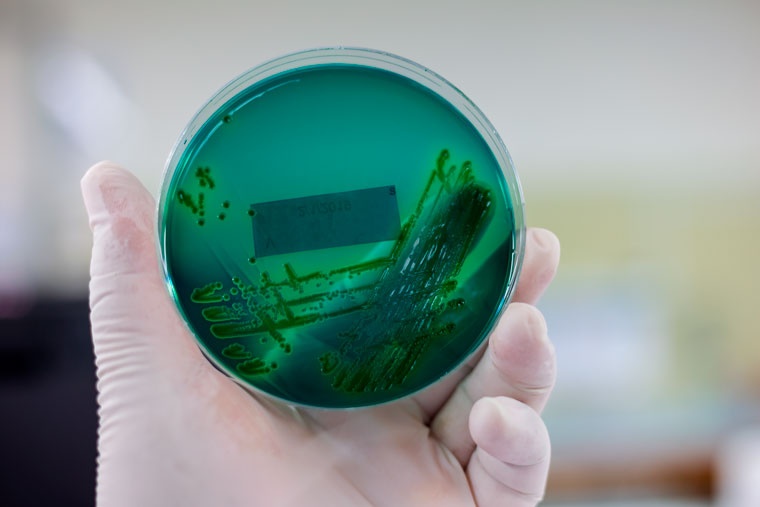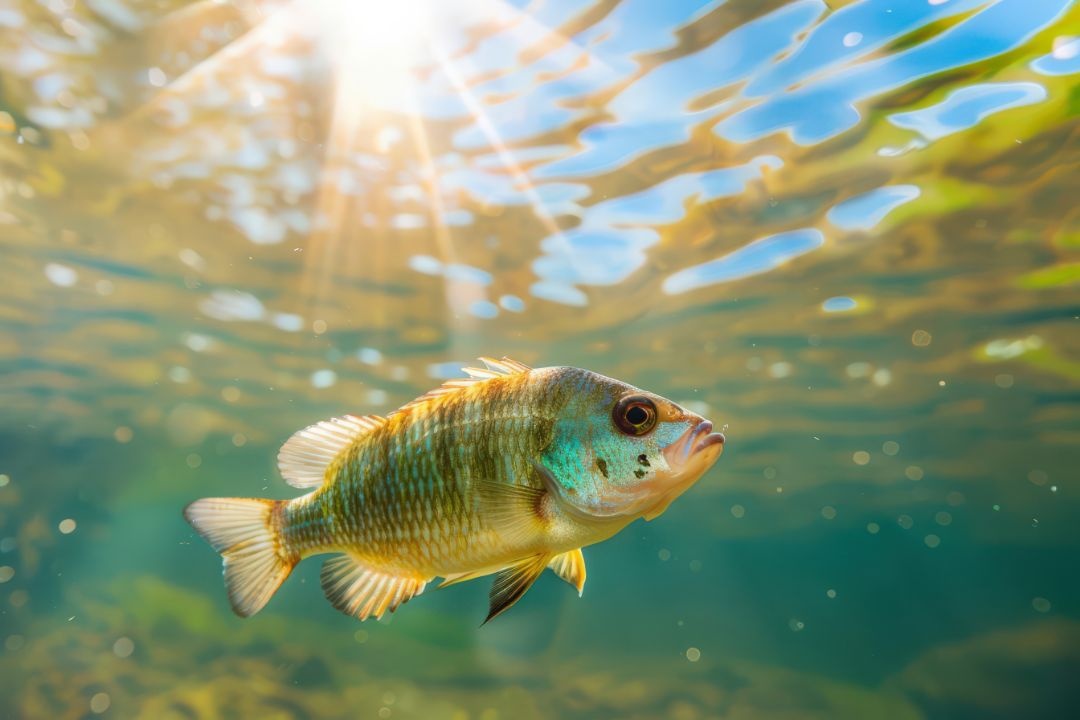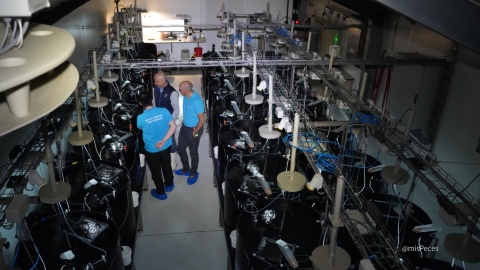
Probiotics in aquaculture are becoming a valuable addition to fish feed, supporting intestinal health and improving digestion of farmed species, which boosts growth performance and overall well-being.
By incorporating probiotics into feed, fish gain better digestive ability for a variety of raw feed materials, enhancing nutrient absorption from plant-based ingredients, such as fibres, anti-nutrients, and complex proteins. Unelmusified fats oil, which are often difficult for fish to absorb, can also be better utilized thanks to probiotics. This not only benefits fish health but also reduces feed waste and promotes sustainable environmental practices.
In their pursuit of incorporate new microorganisms with probiotic potential, researchers from Kafrelsheikh University in Egypt and Universiti Kebangsaan Malaysia have isolated and characterised the strain Bacillus rugosus NM007. The findings were published in the scientific journal Scientific Reports.
The researchers have found that this microorganism not only aids digestion by producing essential enzymes, but it also shows properties that strengthen the immune system and reduce the occurrence of diseases in fish.
The strain was tested for the production of digestive enzymes, such as protease, amylase, and lipase, as well as for genetic characteristics. They also conducted biochemical and resilience tests, such as tolerance to various levels of salinity and pH, conditions common in aquaculture setting.
The tests revealed that Bacillus rugosus can form bacterial aggregates and bind to pathogens like Aeromonas and Streptococcus. Results showed that the strain could not only auto-aggregate but also adhere to these pathogens, reducing the likelihood of pathogenic colonization in the fish’s intestines.
The strain was also subjected to safety evaluations, including haemolysis and antibiotic susceptibility tests, showing weak haemolytic activity and sensitivity to most antibiotics, indicating that it is less likely to transfer resistance to other microorganisms in aquatic environments.
Finally, to confirm its safety and probiotic effects, the strain was administered to Nile tilapia, with fish monitored over 10 days for signs of illness or mortality. No adverse effects were observed, reinforcing the strain’s suitability for use in aquaculture.
Next steps

To continue building on this knowledge and determine the practical applications of this microorganism in aquaculture, researchers will need to carry out studies under real aquaculture conditions, where environmental factors could influence the strain’s performance.
Another key area will be to analyse how introducing it into aquaculture systems affects surrounding ecosystems, especially in open systems where the bacteria could disperse. This includes assessing whether it might compete with or interact with other local microorganisms.
Once these questions have been addressed, the optimal dosage and methods of administration should be stablished – either as encapsulated feed or in liquid supplements – to maximise its probiotic benefits without causing adverse effects in the fish.
Long-term studies will be required to examine the effects of the strain across an entire production cycle and monitor for any potential build-up of resistance of effects on the fish’s gut microbiota.
In parallel, an economic assessment should be undertaken to understand the cost benefits and return on investment for aquaculture producers, ensuring the viability of its adoption as a probiotic supplement.
Lastly, researchers will need to apply for regulatory approval and have the strain assessed by relevant animal health and environmental authorities for commercial use in aquaculture.
Reference
Shokrak, N. M., Khairi, N., Hazrin-Chong, N. H., Mohamed, R. A., & Abdella, B. (2024). Isolation, characterization, and assessment of Bacillus rugosus potential as a new probiotic for aquaculture applications. Scientific Reports, 14, Article 25019.


